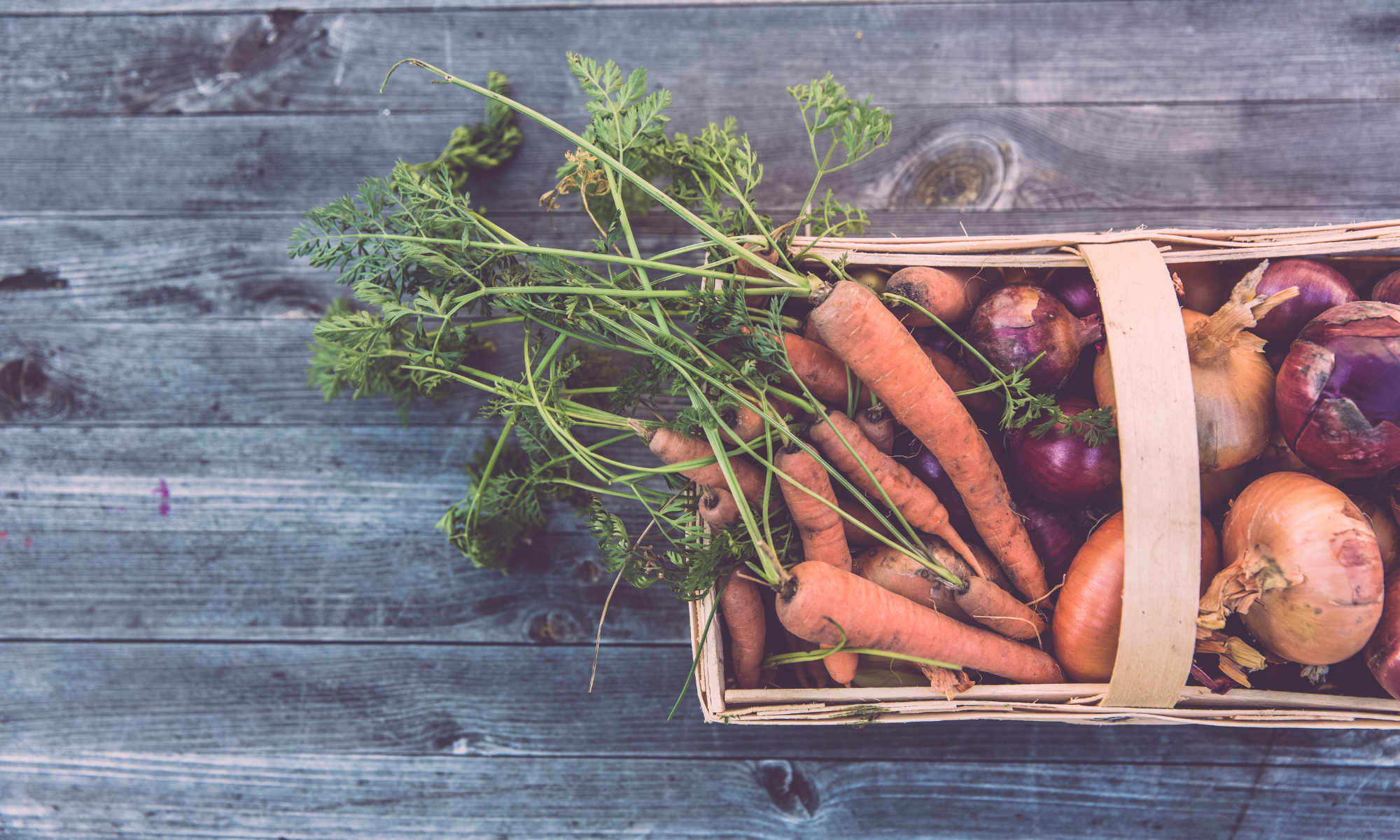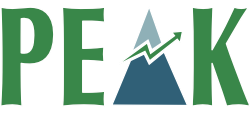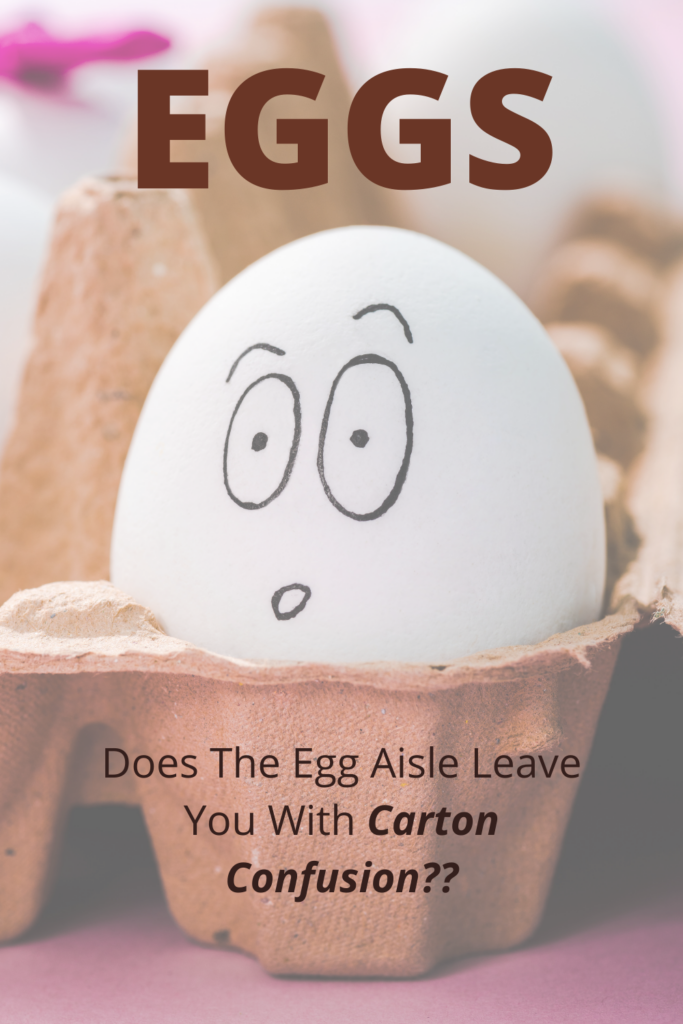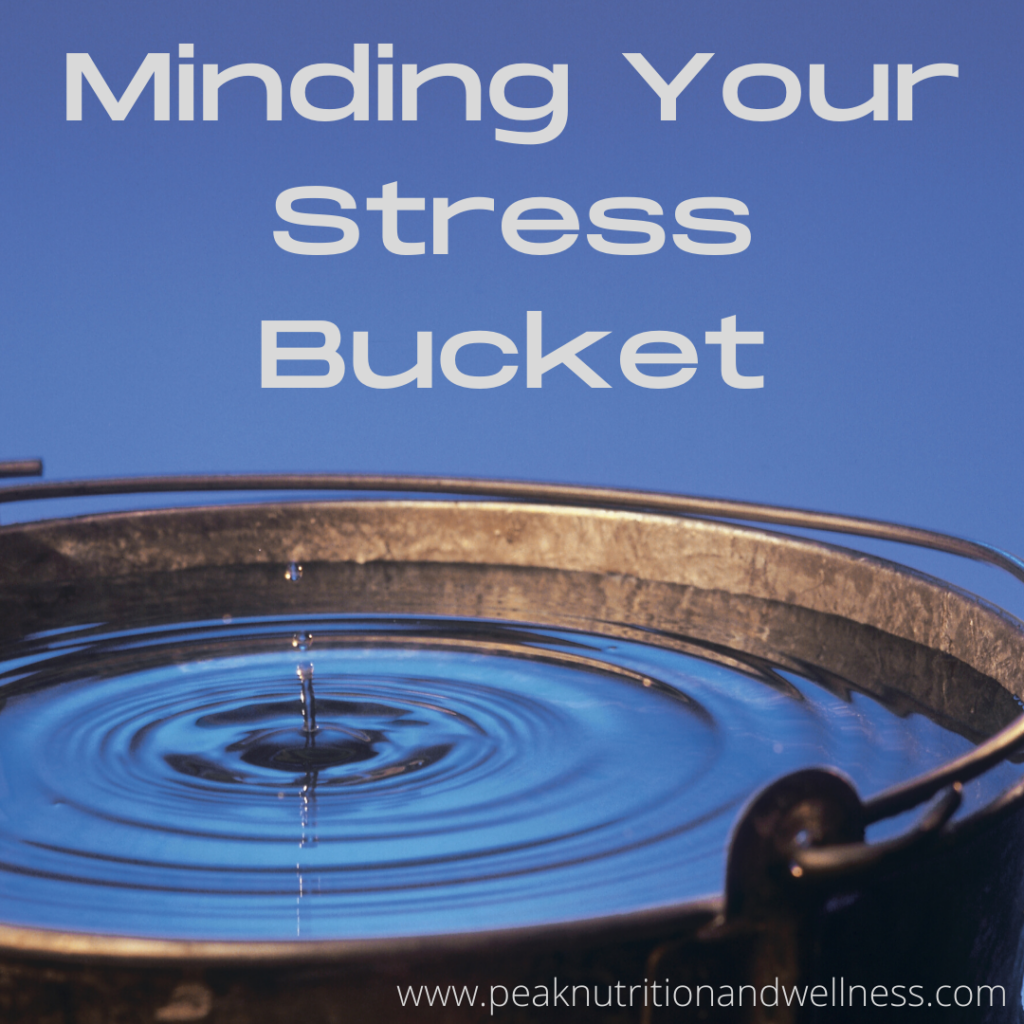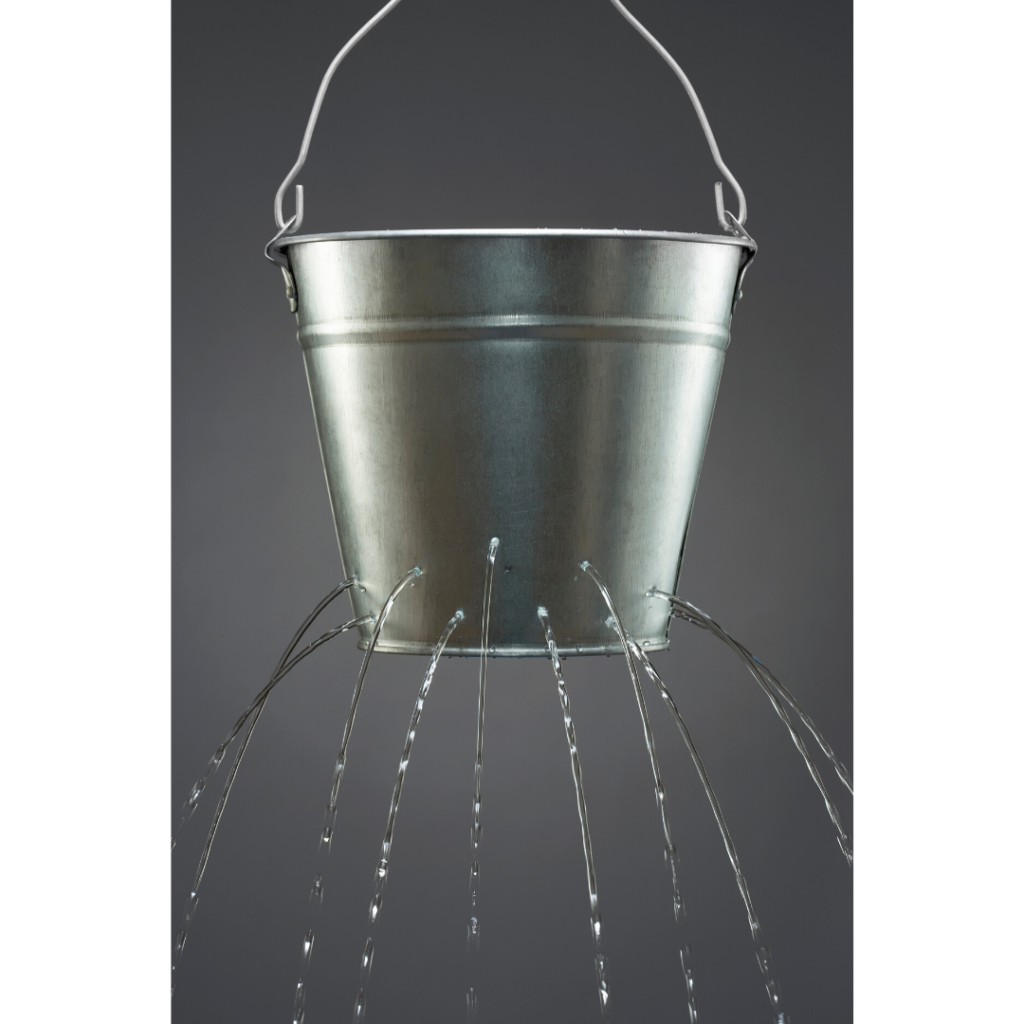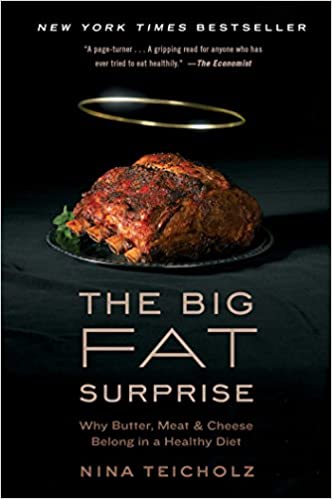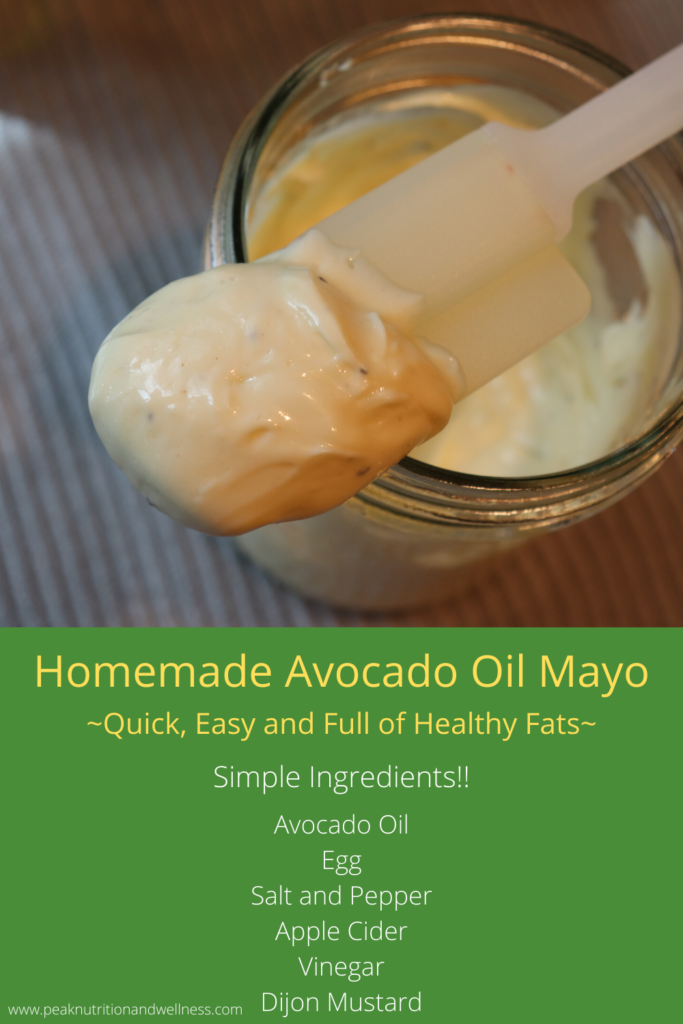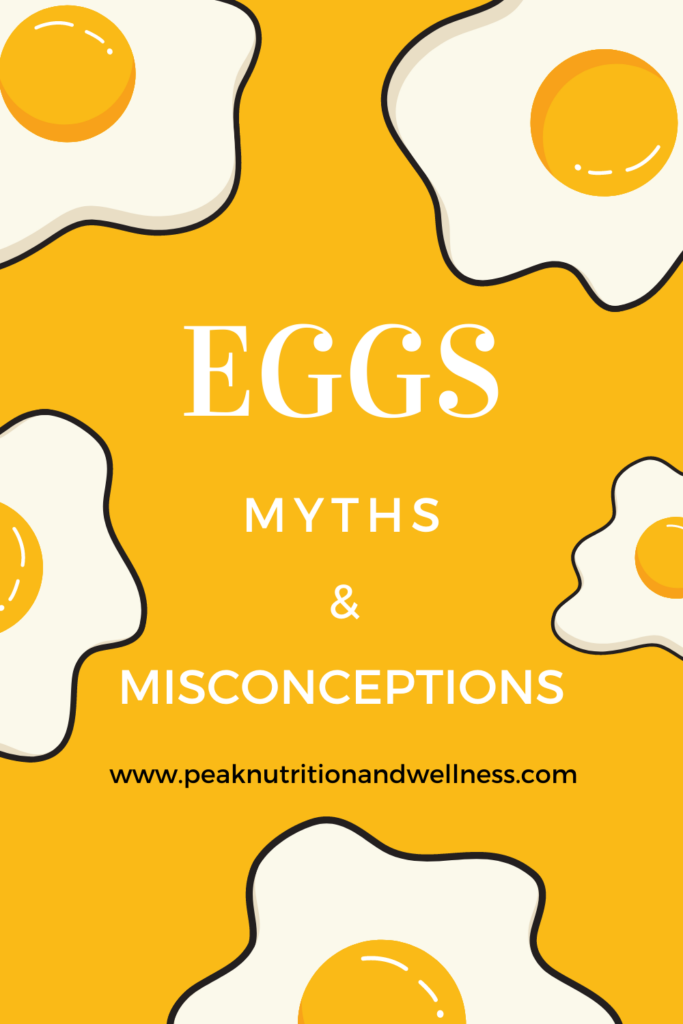
This is the second in a three post series on the “Incredible, edible EGG”. In part one, we took a tour of the grocery store and deciphered just what all those different labels on the egg cartons mean. If you missed it, you can check it out here. Today we’re going to look at a couple of common misconceptions surrounding eggs.
DON’T JUDGE AN EGG BY ITS COVER
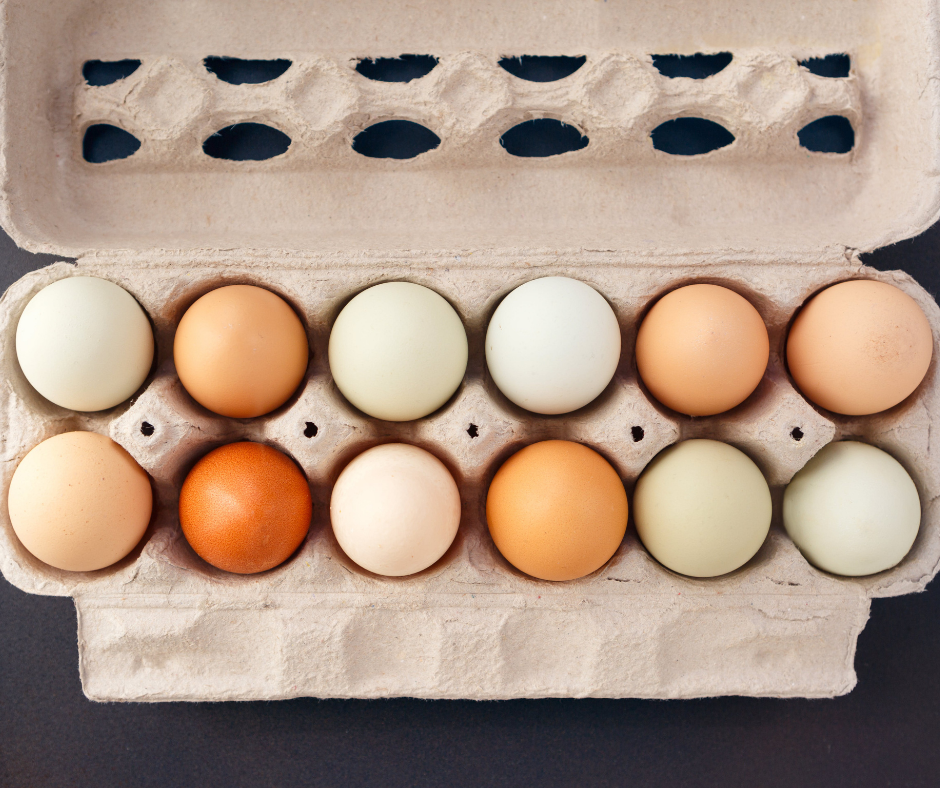
A common misconception is that brown shelled eggs are healthier or more natural than their white shelled counterparts. The truth is that shell colour has nothing to do with nutrition, but is simply dictated by the breed of hen that laid that egg.
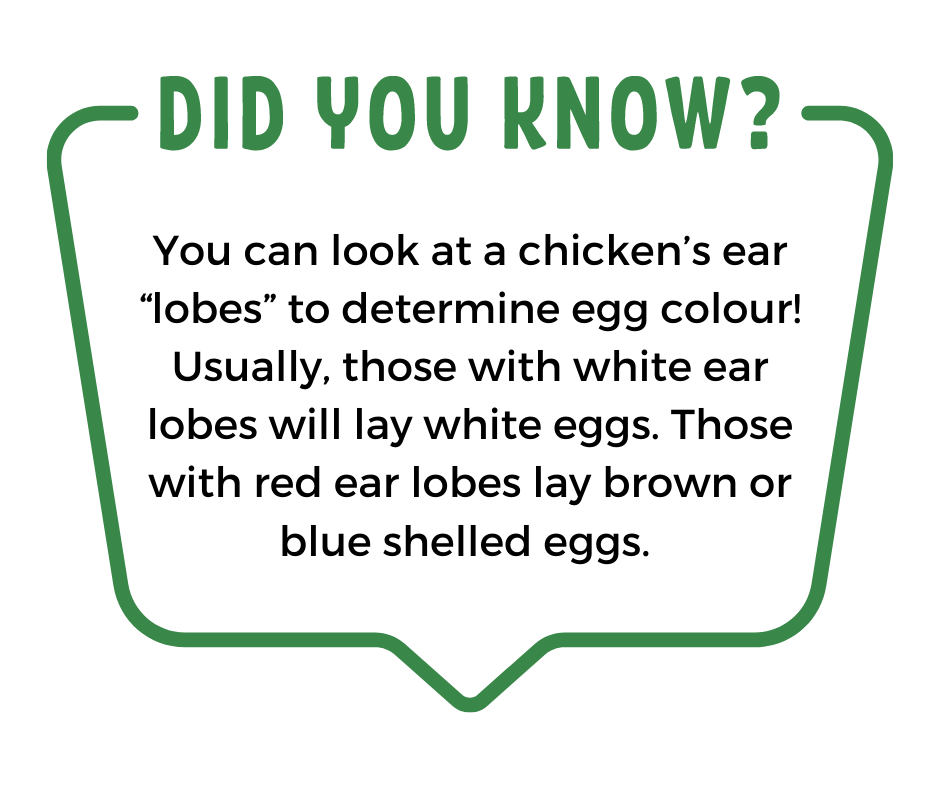
Consuming Eggs Will Raise Your Cholesterol Level
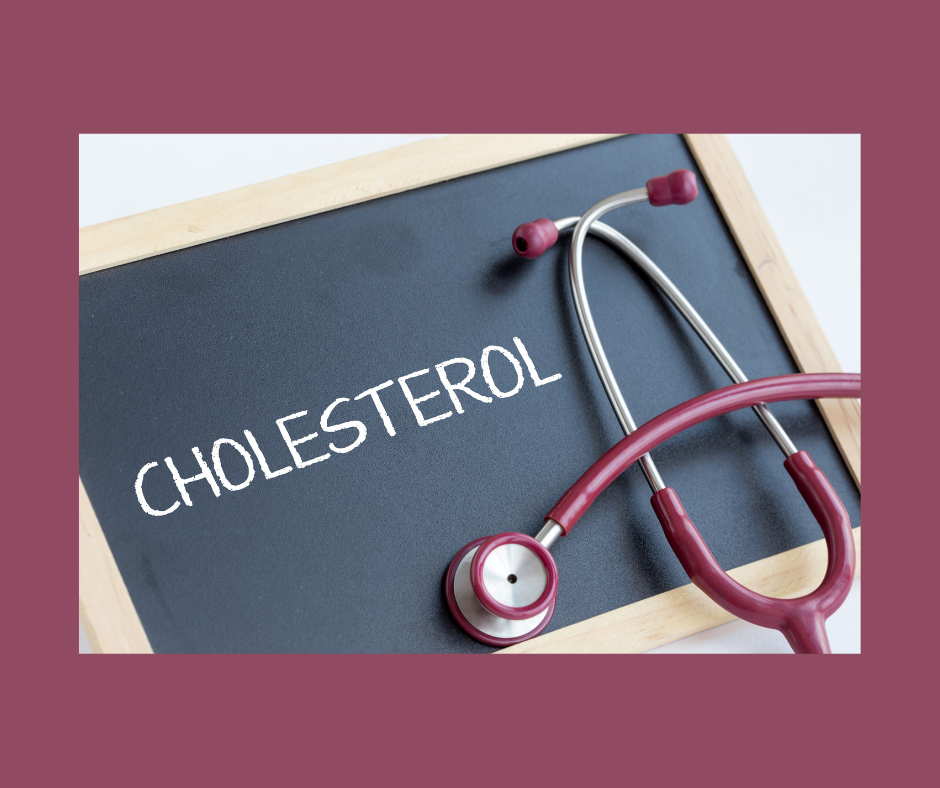
Eggs have gotten a bad wrap because of the cholesterol contained in their yolks. Many people have been led to believe that eggs should be avoided, or strictly limited, particularly if you have high cholesterol levels.
Cholesterol is often seen as a “bad guy”. In actuality, cholesterol plays a vital role in our health. We need cholesterol to make healthy cell membranes. It is also necessary for the production of steroid hormones like cortisol, estrogen and testosterone. Cholesterol is also the main building block for Vitamin D (for more about the importance of adequate Vitamin D, check out this blog post).
Because of all the important roles played by cholesterol, the body works to ensure that there is always adequate cholesterol present. Cholesterol is produced in the body by the liver. When we take in more cholesterol through our diet, the liver decreases the amount of cholesterol it produces to keep levels within normal range. If we are eating less cholesterol, the liver revs up the cholesterol making machine. When we understand this, we can see that a healthy body will maintain fairly consistent cholesterol levels. The source of the cholesterol (dietary or self-made) may change, but the levels remain fairly constant.
In short, consuming eggs regularly does not impact blood cholesterol levels to any significant degree. (1)
Ok – if all that is true, how come my cholesterol levels are high?
You may be surprised to hear that cholesterol is a healing agent in the body and acts as an antioxidant. So when our cholesterol levels are high, it means that the body is recruiting this healing cholesterol to try and deal with some kind of inflammation or damage. Identifying and removing the cause of this inflammation (say by working with a Nutritional Therapy Practitioner) should be the goal, instead of immediately attacking the cholesterol levels with pharmaceuticals.(2)
I could go on and on about cholesterol and it’s role in keeping us healthy. If you are interested in learning more, I highly recommend the book Put Your Heart In Your Mouth by Dr. Natasha Campbell-Mcbride.
In the last post of this three part “Eggstavaganza”, we are finally going to dig into the nutrient value of the humble egg. Stay tuned!
SOURCES
- Kim, J.E.; Campbell, W.W. Dietary Cholesterol Contained in Whole Eggs Is Not Well Absorbed and Does Not Acutely Affect Plasma Total Cholesterol Concentration in Men and Women: Results from 2 Randomized Controlled Crossover Studies. Nutrients 2018, 10, 1272.
- Campbell-McBride MD, N. (2016). Put Your Heart In Your Mouth. Mediform Publishing.
